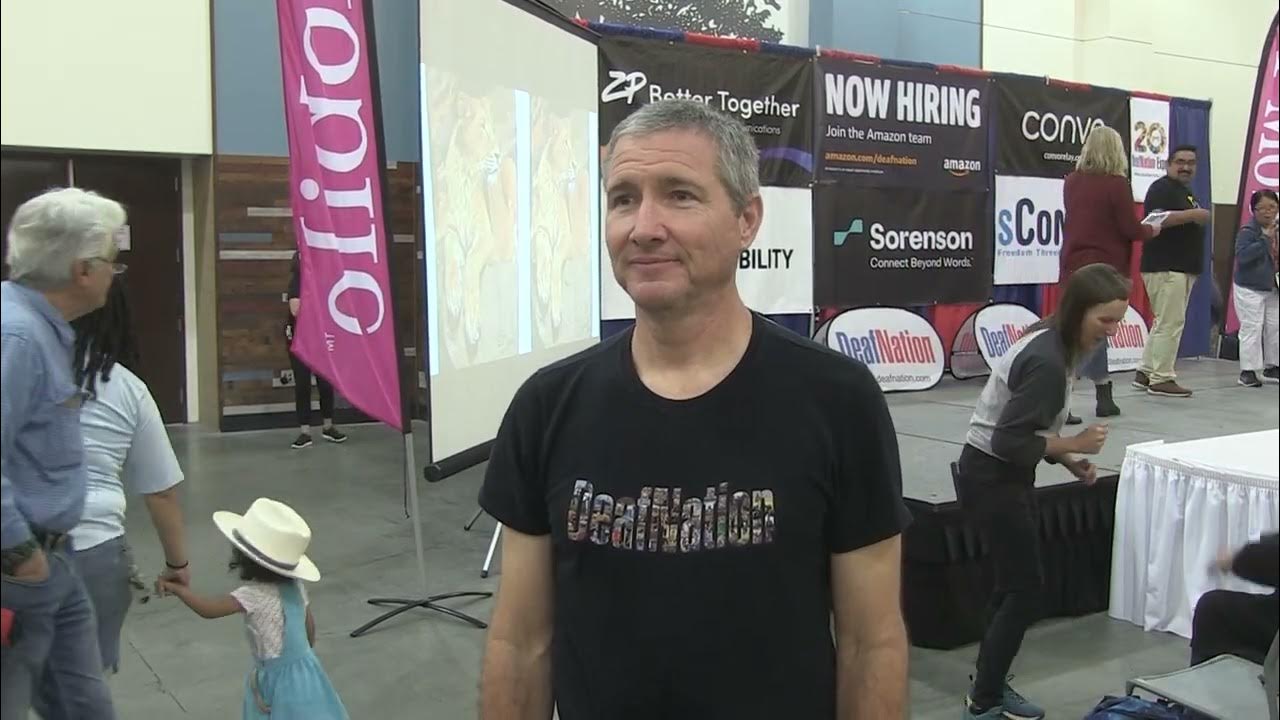Endangered languages: why it matters | Mandana Seyfeddinipur | TEDxLSHTM
Summary
TLDRThis video explores the fascinating world of linguistics, highlighting how humans communicate through diverse languages, including sign languages developed by the deaf community. It delves into the changing nature of language, how globalization and urbanization are causing rapid language shifts, and the looming threat of language extinction. The speaker discusses efforts to preserve endangered languages through digital archives and fieldwork, emphasizing the importance of documenting linguistic diversity for future generations. Through real-life examples from Siberia, Australia, and the Indian Ocean, the video showcases the richness of human creativity embedded in language and its role in shaping our world.
Takeaways
- 😀 Linguists are fascinated by the human faculty of language and how it shapes our identities and emotions.
- 😀 There are approximately 7,000 languages spoken globally, with half the population speaking just 50 of them.
- 😀 Many people express concern about how language is changing, especially with the introduction of new terms like 'to Google' or 'to Twitter.'
- 😀 Language change is natural and part of a living medium that constantly adapts to societal changes.
- 😀 Language shift is occurring at an unprecedented speed, with many people abandoning their heritage languages for dominant ones.
- 😀 It's estimated that by the end of this century, half of the 7,000 languages will become extinct, much like the mass extinction of dinosaurs.
- 😀 Globalization, urbanization, and climate change contribute to the rapid loss of languages and traditional ways of life.
- 😀 Many endangered languages are not written down, and their knowledge is vanishing without a trace.
- 😀 Cultural artifacts in museums reflect traditional ways of life, but the knowledge behind these artifacts is often restricted to a few people, losing the voices of the communities it originated from.
- 😀 The digital archive at SOAS helps preserve and share endangered languages and knowledge, providing visibility and inclusion for communities globally.
- 😀 Linguistic diversity and knowledge about human cognition are based on a small subset of languages, and documenting more languages can broaden our understanding of human creativity and adaptability.
Q & A
What is the primary focus of the speaker in this transcript?
-The primary focus of the speaker is on the study of language, particularly how languages express identity, how they evolve, and how their diversity is threatened by globalization, climate change, and urbanization.
What does the speaker mean by the term 'language shift'?
-'Language shift' refers to the phenomenon where communities abandon their heritage languages in favor of a dominant language, often due to social or economic pressures, displacement, or urbanization.
What does the speaker imply about the speed at which languages are disappearing?
-The speaker highlights that languages are disappearing at an alarming rate, estimating that by the end of the century, half of the 7,000 languages spoken today will have fallen silent, a process occurring at a speed comparable to mass extinctions like that of the dinosaurs.
How does the speaker describe the impact of language loss on cognitive understanding?
-The speaker explains that language structures influence how we think and perceive the world, meaning that the loss of a language results in the loss of unique ways of understanding and interpreting reality, which can limit our comprehension of human creativity and cognition.
What role does the SOAS institution play in preserving endangered languages?
-SOAS supports linguists, anthropologists, historians, and biologists in documenting and recording endangered languages and knowledge. They create a digital archive to preserve these languages, making them accessible to researchers globally and helping to keep cultural knowledge alive.
Why is it important to document languages that are not written or recorded?
-Languages that are not written or recorded are vanishing without leaving a trace. By documenting them, we can preserve knowledge that is unique to those communities, ensuring their history, cultural practices, and knowledge systems are not lost forever.
What is the significance of the digital archive mentioned in the script?
-The digital archive at SOAS serves as a resource for preserving endangered languages and the knowledge they encode. It allows communities to share their cultural stories and traditional knowledge, and it provides researchers worldwide with the tools to understand linguistic diversity.
What is an example of the type of linguistic knowledge recorded in the digital archive?
-One example is the language spoken by Petro Miloff in Siberia, which includes an evidentiality system where speakers mark whether they directly witnessed an event or heard about it, providing a different account of reality.
How does globalization and urbanization affect language preservation?
-Globalization and urbanization encourage people to abandon their traditional languages in favor of dominant languages that promise better social and economic mobility, leading to the rapid disappearance of many minority languages.
What is the significance of the example of the last speaker of Yu (Bo language)?
-The last speaker of the Yu language, who passed away in 2010, illustrates the extreme end of language loss. With her death, the language and the cultural knowledge encoded in it vanished, highlighting the urgency of documenting endangered languages before they disappear.
Outlines

هذا القسم متوفر فقط للمشتركين. يرجى الترقية للوصول إلى هذه الميزة.
قم بالترقية الآنMindmap

هذا القسم متوفر فقط للمشتركين. يرجى الترقية للوصول إلى هذه الميزة.
قم بالترقية الآنKeywords

هذا القسم متوفر فقط للمشتركين. يرجى الترقية للوصول إلى هذه الميزة.
قم بالترقية الآنHighlights

هذا القسم متوفر فقط للمشتركين. يرجى الترقية للوصول إلى هذه الميزة.
قم بالترقية الآنTranscripts

هذا القسم متوفر فقط للمشتركين. يرجى الترقية للوصول إلى هذه الميزة.
قم بالترقية الآن5.0 / 5 (0 votes)






